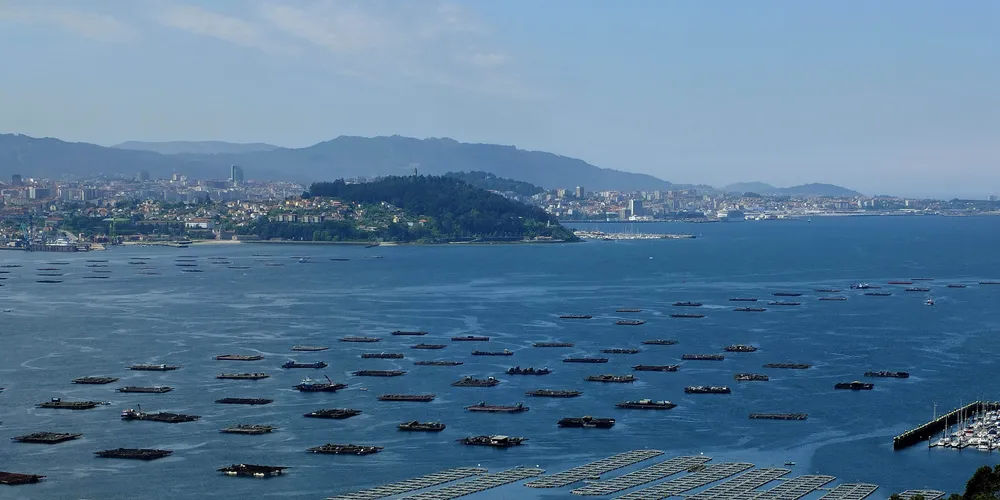International Fisheries Stakeholders Forum blog: Recap on all the news from Vigo
FAO, Conxemar mark the 20th anniversary of the Code of Conduct for Responsible Fisheries with a dedicated conference in Vigo. Get all the news from the event here.

FAO, Conxemar mark the 20th anniversary of the Code of Conduct for Responsible Fisheries with a dedicated conference in Vigo. Get all the news from the event here.
